Japanese Calligraphy, Japanese Culture & Traditions
Are They Same or Different? Shodo in Japan, China and Korea
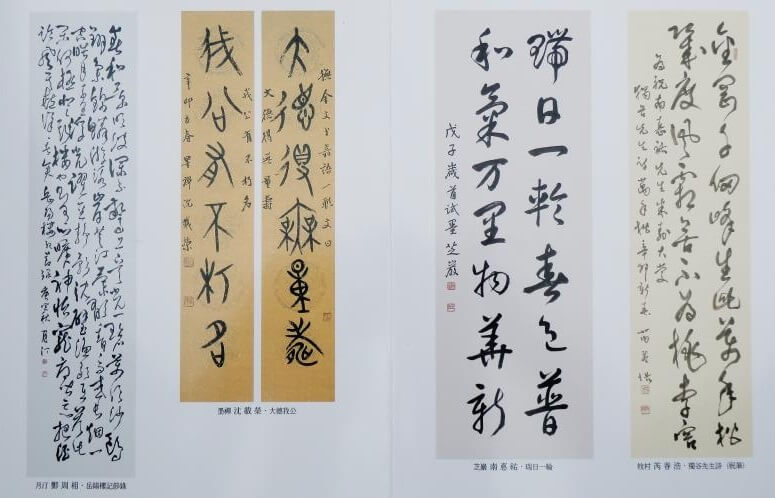
Shodo is a Japanese art. Artist, or people called calligrapher, express beauty by writing. In addition to Kanji characters, sometimes Hiragana is mixed for Shodo art products. Writing characters was invented for practical usage at first, but another usage was developed as culture had matured. The discipline of this artistic writing technique to write beautiful characters is called Shodo, or Japanese calligraphy writing. It is the way to discipline themselves at the same time. Shodo is considered to enrich doer’s minds and the way to express individual beauty. Therefore, it is considered in Japan that Shodo should be taught as a part of tradition.
However, Japan is not the only country Shodo has been performed. The characters written often in Shodo was born in China, and the Kanji characters are “exported” to Asian countries. In present, Kanji are used in Japan, Korea and Taiwan in addition to its origin China. In 20th century, however, Kanji was officially abolished in the countries except for Japan and China. You can easily imagine that Shodo-like culture must exists in those countries. In this post, let’s take a look at Shodo culture in Asian countries and compare them.
Name of Shodo in Other Countries: Wording is Different
Shodo is the word which only indicates calligraphy writing in Japan. In China, it is called Sho-ho and is called Sho-gei in Korea. Each word in Kanji is written like “書法”(China) and “書芸”(Korea), which can be translated into writing method and writing performance, respectively. Although the meanings are slightly different among these countries, their objective and position are almost same. Let’s take a look more details of each country.
About Sho-gei calligraphy, writing performance, in Korea
In Korea, culture of Chinese Tou had come in 7th century, and their culture included calligraphy writing as well. The calligraphy had developed since then, and it has continued until recently. However, with the World War as a start, Korean government adopted Hangeul, original and unique characters in current Korea, considering Kanji characters are the symbol of Japan which they hate. Even in present, Korean government encourages education only with the Hangeul characters, and strictly restrict education with Kanji characters. Therefore, their calligraphy writing Sho-gei is affected and done by the Hangeul.
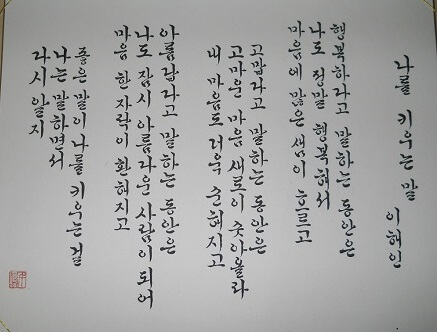
Difference of Calligraphy Writing between China and Japan
Then, how different of Shodo calligraphy writing in China and Japan? A Japanese calligrapher expresses her opinion as follows:
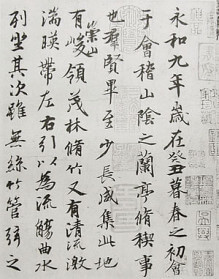
Sho-ho, calligraphy writing of China
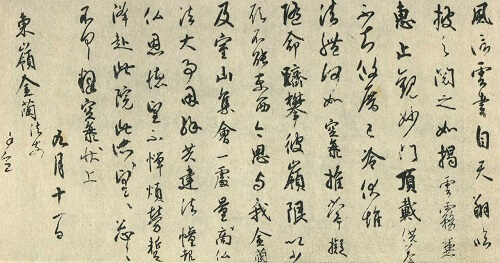
Shodo, calligraphy writing of Japan
- First of all, Chinese calligraphy has strong structure in each character, whilst Japanese calligraphy tends to be more flexible and decorative.
- In addition, Chinese calligraphy writing is like deep meditation. In comparison, Japanese calligraphy writing can be characterized as lyrical.
- Also, Chinese calligraphers often try to express individualities, whilst Japanese calligraphers seem to show moderate expressions.
- It looks like Chinese calligraphy writing put emphasis on profound feelings and impressiveness, but Japanese calligraphy writing put emphasis on light gracility.
It can be summarized that
Chinese Sho-ho writing spirits is continuous elasticity, and
Japanese Shodo writing spirits is momentum enthusiasm.
From the expressional viewpoints,
Chinese calligraphy especially expresses movement of spirits, strong awareness of humanity and logicism, whilst
Japanese calligraphy especially expresses escape from too much structures, gracefulness, elegance, purity and lightness.
It may be the common characteristics not limited to arts but can be applied to other categories. In cooking or cuisine, for example, it can be observed; Chinese cuisine is oily and Japanese cuisine is light. Japanese cuisine basically takes advantage of the nature and raw materials, whilst Chinese cuisine take more time and efforts on processing materials to build complicated but well-arranged taste.
Here we can conclude that the culture is greatly affected by climates of the land. Art, as well as people and foods, are also affected by those stuff. It’s interesting to see the differences and now we know why.
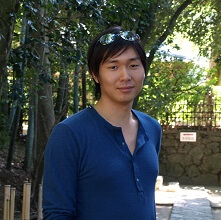
Author - Hiro
Lived in Kyoto in school days, I was impressed by profundity of history and tradition of the city. Had a job to join the three major festivals of Kyoto: Aoi, Jidai and Gion festivals. Love Kyoto and Japanese culture.
Manager of OrientalSouls.com, selling items of Japanese culture, tradition and craftsmanship. I'll introduce interesting information about Japan!

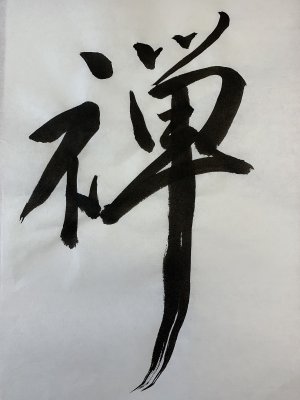
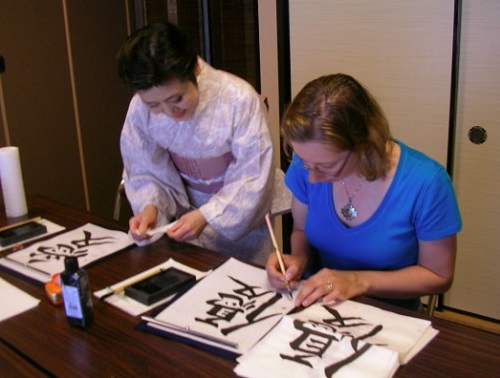
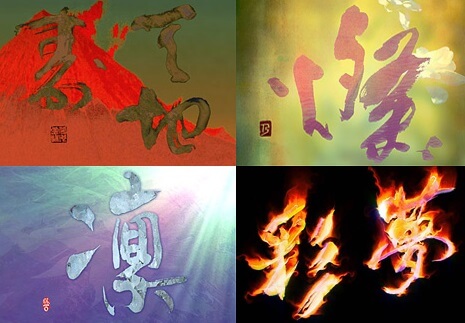
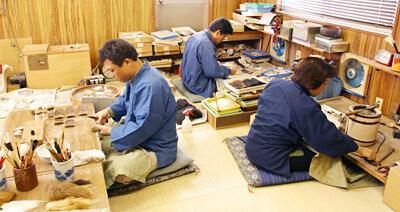
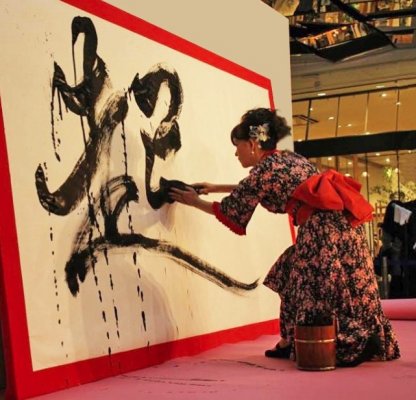
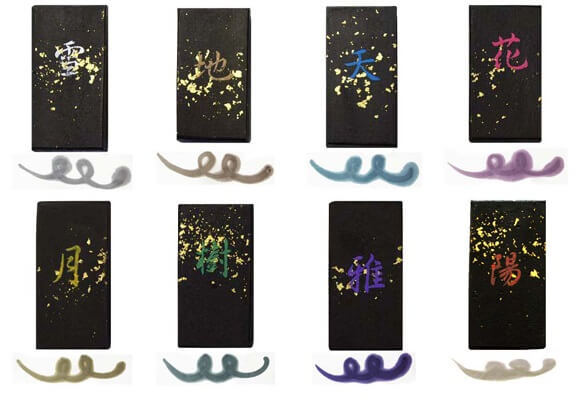
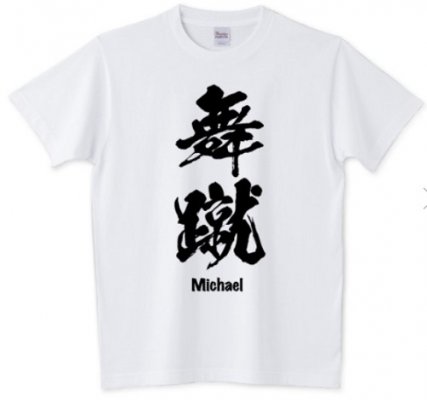
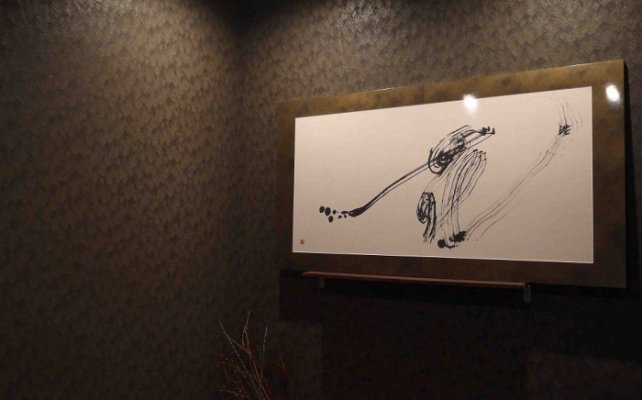
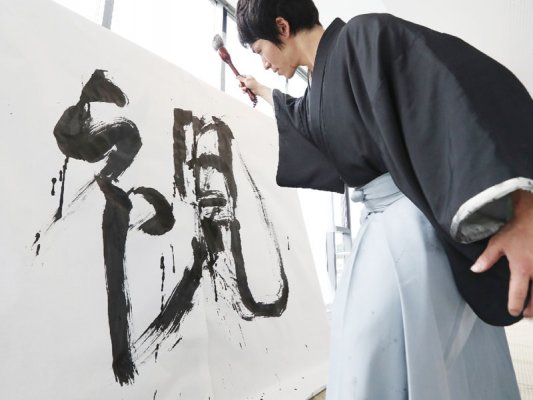
About Orientalsouls.com
Learn and Buy Japanese Craftsmanship, Tradition & Culture
OrientalSoul.com is the online shop where you can buy traditional crafts of Japan.
We only sell selected authentic products in which true spirits of Japanese craftsmanship exist.
You may be able to find similar products in other shops for lower prices. However, we sell products based on fair prices that worth labor and value of experienced craftsmen.
In addition, we introduce stories about product history, how a product is made, what makes it different from others, and how the product enriches your life!